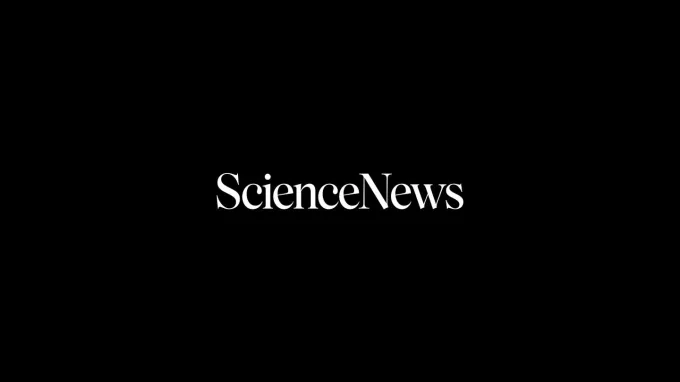Science News Magazine: Current Issue
Vol. 158 No. #17
Trustworthy journalism comes at a price.
Scientists and journalists share a core belief in questioning, observing and verifying to reach the truth. Science News reports on crucial research and discovery across science disciplines. We need your financial support to make it happen – every contribution makes a difference.
More Stories from the October 21, 2000 issue
-
 Health & Medicine
Health & MedicineAIDS Vaccine Tests Well in Monkeys
An experimental AIDS vaccine bolstered with two immune proteins protects rhesus monkeys from the disease even when they are exposed to a combination of simian and human immunodeficiency virus.
By Nathan Seppa -
 Earth
EarthFlaws make it a geologist’s best friend
By analyzing some of a diamond's trapped impurities, researchers were able to measure remnants of the gargantuan pressure that produced the gem.
By Sid Perkins -
 Archaeology
ArchaeologyStone Age statuettes don disputed apparel
A report describing woven caps, skirts, belts, and other apparel on Venus figurines from the Stone Age draws some critical responses.
By Bruce Bower -
 Physics
PhysicsProtons may waltz off nuclear dance floor
Detection of proton pairs simultaneously emitted from neon nuclei raises the possibility that a new and long-sought window into the nucleus has been found and unlocked.
By Peter Weiss -

Model explains bubonic plague’s persistence
A computer model of bubonic plague suggests rats can harbor the disease for years before a human epidemic breaks out.
By John Travis -
 Planetary Science
Planetary ScienceRadio link may hamper a Titan probe
A recently discovered communications problem could prevent the Huygens probe from relaying all of its precious data when it parachutes through the cloud-bedecked atmosphere of Saturn's largest moon, Titan, in 2004.
By Ron Cowen -
 Animals
AnimalsSecond bird genus shares dart-frog toxins
Researchers have found a second bird genus, also in New Guinea, that carries the same toxins as poison-dart frogs in Central and South America.
By Susan Milius -
 Materials Science
Materials ScienceNew work improves stainless steel surface
A novel electrochemical method improves the surface of stainless steel without making the metal brittle or prone to corrosion.
-
 Astronomy
AstronomyNudging asteroid fragments toward Earth
New computer simulations detail how fragments of asteroids travel to Earth and rain down as meteorites.
By Ron Cowen -

Squirrels save for the family’s future
Some female red squirrels hoard extra food for youngsters that haven't yet been conceived.
By Susan Milius -

Bean weevils get a kick out of mates
Breeding in stored grain throughout the tropics, bean weevils represent an unusually clear example of the evolutionary male-female arms race.
By Susan Milius -
 Health & Medicine
Health & MedicineMaking scents of Alzheimer’s
Among people with mild symptoms of memory loss, a limited ability to recognize smells—along with an inability to detect the disability—has been linked to the future development of Alzheimer's.
-
 Health & Medicine
Health & MedicineCell therapy not just for Parkinson’s
Transplanted nerve cells can survive in the brains of people who have suffered strokes and may alleviate some brain damage.
-
 Health & Medicine
Health & MedicineImmune response in brain sparks nausea
Ailments ranging from the common cold to many types of cancer can make people nauseous, an effect that may occur because signals from the brain suppress the muscle contractions required for digestion.
-
 Earth
EarthAllergic to computing?
The plastic cases of certain computer monitors emit a chemical—triphenyl phosphate—that can cause allergic reactions.
By Janet Raloff -
 Earth
EarthSmoking out a source of painful menses
Breathing in secondhand smoke may contribute to the development of menstrual cramps.
By Janet Raloff -
 Astronomy
AstronomyInvisible Universe
X-ray astronomy opens a new window on the most energetic cosmic events.
By Ron Cowen -

